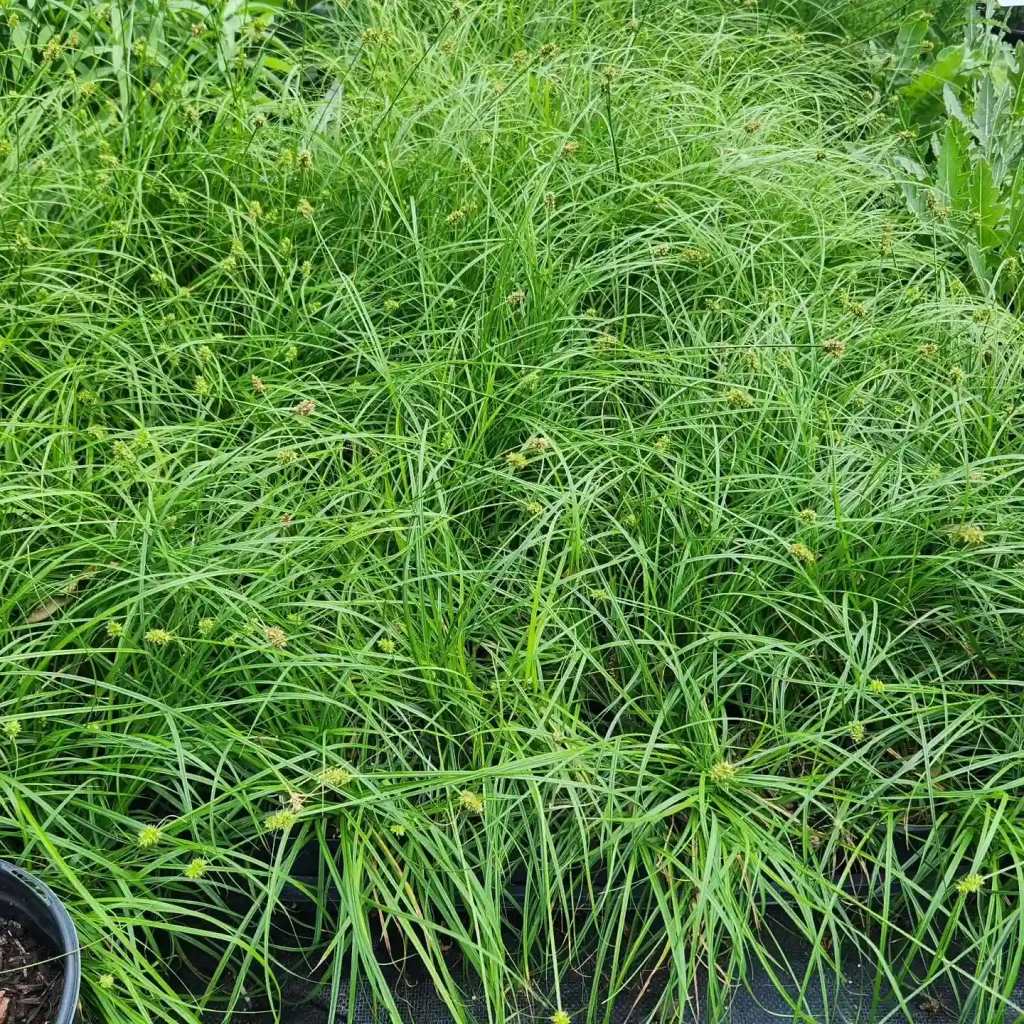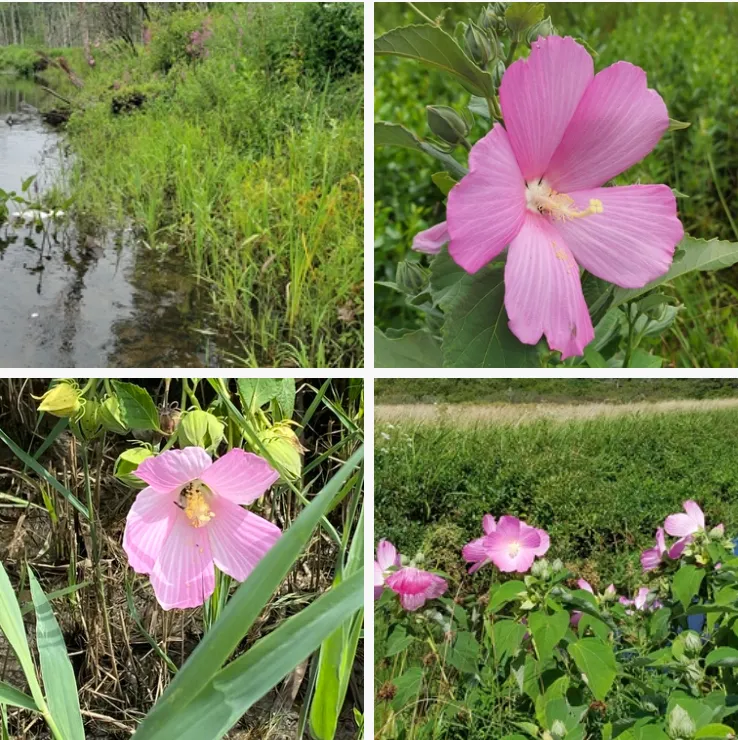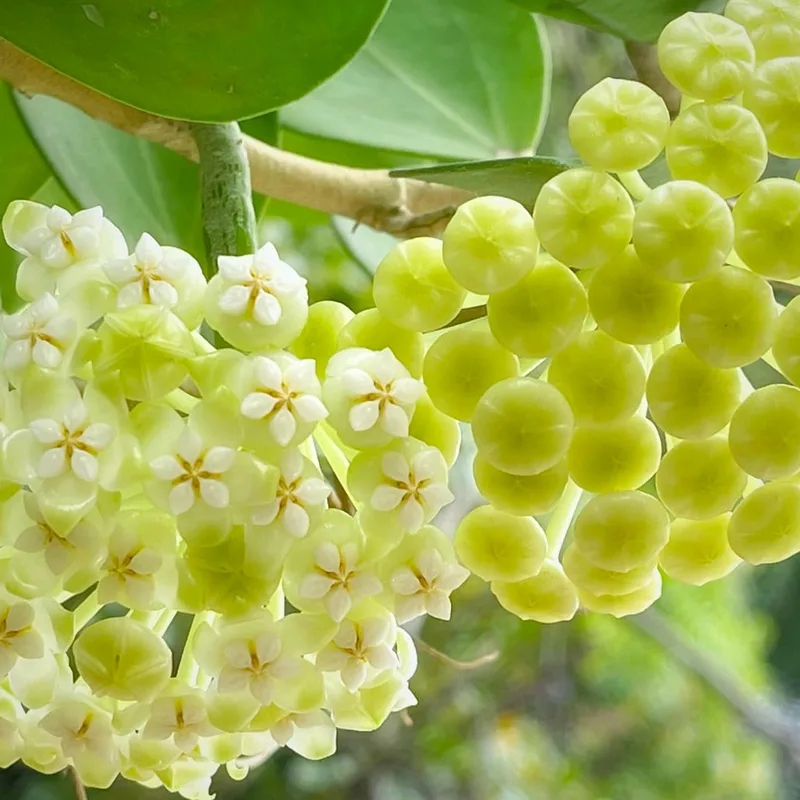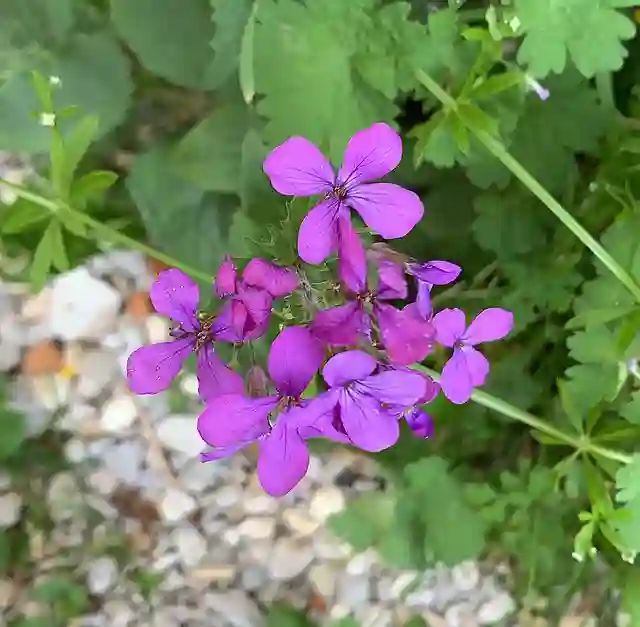What Is Kaempferia Parviflora?
Kaempferia Parviflora, often referred to as Black Ginger, is a tropical perennial native to Southeast Asia. It’s known for its striking foliage and small, yet elegant purple flowers. This plant is not just admired for its beauty but is also valued in traditional medicine for its purported health benefits, including its role as an antioxidant and anti-inflammatory agent.
63 Species in Genus Kaempferia
How to Grow Kaempferia Parviflora?
Growing Kaempferia Parviflora is relatively straightforward, provided you understand its needs. Here are some essential tips for successful cultivation:
- Location: Kaempferia Parviflora thrives in warm, tropical climates. If you live in a cooler region, consider growing it in a pot that can be moved indoors during colder months. It prefers partial shade to full shade, mimicking its natural forest habitat.
- Soil: This plant enjoys well-draining soil rich in organic matter. A mixture of peat, compost, and perlite works well. Ensure the soil remains consistently moist but not waterlogged.
- Watering: Keep the soil consistently moist but not soggy. Overwatering can lead to root rot. During the winter months, reduce watering as the plant’s growth slows down.
- Temperature: Kaempferia Parviflora prefers temperatures between 70°F and 85°F (21°C to 29°C). Protect it from frost and extreme temperatures.
What Fertilizer to Use with Kaempferia Parviflora?
Fertilizing Kaempferia Parviflora properly can enhance its growth and flowering. Use a balanced, water-soluble fertilizer with equal parts nitrogen, phosphorus, and potassium (such as 10-10-10). Feed the plant every 4 to 6 weeks during the growing season, typically from spring to early fall. Reduce feeding during the winter months when the plant’s growth slows down.
What pH Does Kaempferia Parviflora Prefer?
Kaempferia Parviflora prefers a slightly acidic to neutral pH, ideally between 6.0 and 7.0. You can test your soil’s pH using a simple home testing kit. If your soil is too acidic, you can add lime to raise the pH. If it’s too alkaline, incorporate sulfur to lower the pH.
How to Care for Kaempferia Parviflora?
Caring for Kaempferia Parviflora involves a few key practices:
- Pruning: Remove dead or yellowing leaves to promote healthy growth and prevent fungal diseases.
- Mulching: Apply a layer of mulch around the base of the plant to retain moisture and regulate soil temperature.
- Pest Control: Watch for pests like spider mites or aphids. Treat infestations with insecticidal soap or neem oil.
How to Propagate Kaempferia Parviflora?
Propagation of Kaempferia Parviflora is usually done through rhizomes. Here’s a step-by-step guide:
- Timing: The best time to propagate is in spring or early summer when the plant is actively growing.
- Division: Carefully dig up the rhizomes from the soil. Divide them into sections, ensuring each section has at least one bud.
- Replanting: Plant the divided rhizomes in fresh, well-draining soil. Water them thoroughly and keep them in a warm, shaded area.
Can You Grow Kaempferia Parviflora Indoors?
Yes, Kaempferia Parviflora can be grown indoors, making it a versatile choice for home gardeners. Place the plant in a bright, indirect light spot and maintain consistent humidity and temperature. Ensure good air circulation to prevent fungal issues. Regularly check for signs of pests and diseases.
Is Kaempferia Parviflora Toxic?
Kaempferia Parviflora is generally considered non-toxic to humans and pets. However, it’s always a good practice to keep plants out of reach of small children and pets to avoid any accidental ingestion.
Benefits of Kaempferia Parviflora
Kaempferia Parviflora is celebrated not just for its ornamental value but also for its health benefits. Traditional medicine often uses it to enhance stamina and support digestive health. Some studies suggest it has anti-inflammatory and antioxidant properties, which can contribute to overall wellness.
Common Problems with Kaempferia Parviflora
While Kaempferia Parviflora is relatively easy to grow, it can encounter a few issues:
- Root Rot: Caused by overwatering or poorly draining soil. Ensure proper drainage and avoid waterlogging.
- Pest Infestations: Look out for aphids and spider mites. Regularly inspect your plant and treat infestations promptly.
Compare with Other Plants
Kaempferia Parviflora can sometimes be confused with similar plants such as Alpinia and Zingiber. While they all belong to the ginger family and share some characteristics, Kaempferia Parviflora stands out with its distinctive purple flowers and unique foliage.
In conclusion, Kaempferia Parviflora is a fascinating plant with numerous benefits and relatively easy care requirements. Whether you’re growing it indoors or out, understanding its needs will help you enjoy its beauty and health benefits for years to come.
If i die, water my plants!



